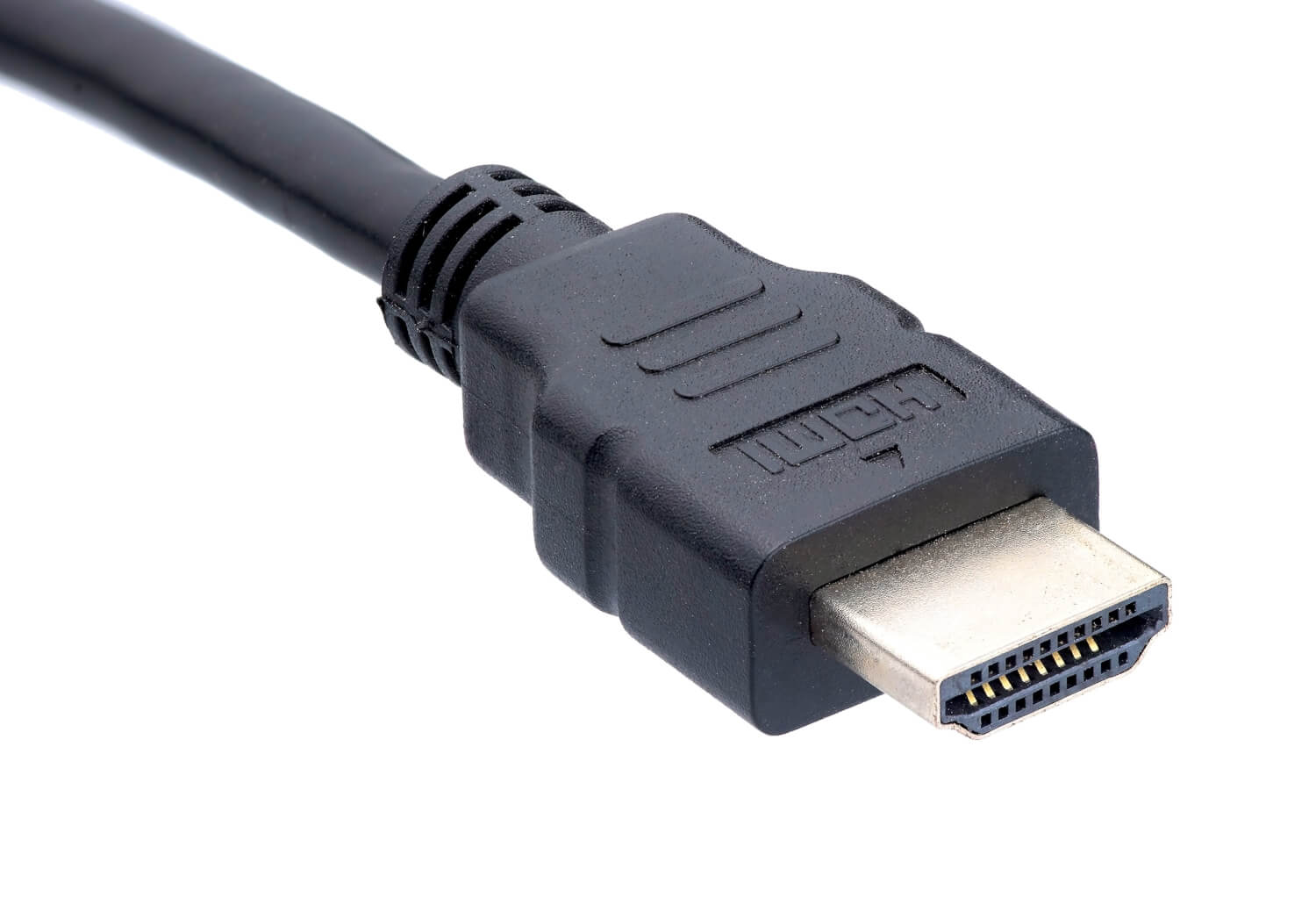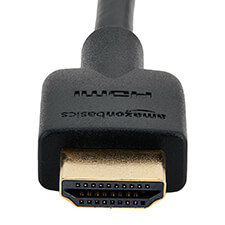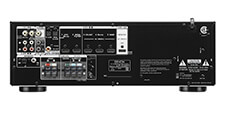HDMI
Stands for "High-Definition Multimedia Interface."
HDMI is a trademark and brand name for a digital interface used to transmit high-quality audio and video over a single cable. Most modern A/V equipment has HDMI ports, including 4K and 8K televisions, streaming devices, Blu-ray players, game consoles, and AVRs.
Unlike older analog connections that required multiple cables, a single HDMI cable combines audio and video into one digital stream. The single cable reduces clutter and greatly simplifies home theater setups. Because HDMI technology transfers data digitally, it avoids signal interference and degradation, which is common with analog connections. It also eliminates the need for a digital-to-analog converter, avoiding quality loss during conversion.
Modern HDMI standards support features such as HDR (High Dynamic Range) for enhanced color and contrast, high refresh rates for smooth gaming, and ARC/eARC for sending audio back from a TV to a soundbar or receiver. The interface also allows devices to communicate with each other using CEC (Consumer Electronics Control), enabling functions like powering on a receiver when the TV turns on or synchronizing volume between devices.
HDMI cables come in different speed ratings, such as Standard, High Speed, and Ultra High Speed, which determine the maximum resolution and bandwidth they support. While HDMI cables may be more expensive than analog ones, they often reduce the total cost of connections, since a single HDMI cable can replace several older cables.
NOTE: HDMI® is a trademark owned by HDMI Licensing Administrator, Inc. More information is available at HDMI.org.

 Test Your Knowledge
Test Your Knowledge
